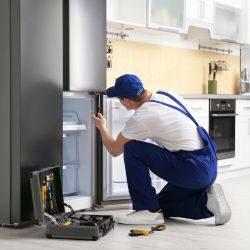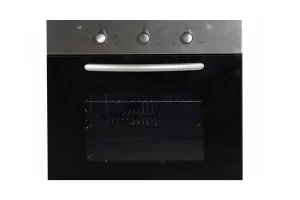Defy hob problems repair in Westville
Troubleshooting hob problems can be frustrating—but they don’t have to be. By learning to identify and eliminate the common sources of hob issues, you can quickly resolve your hob woes and get back to your cooking or baking.
The first step in troubleshooting a hob problem is to identify the source of the issue. To do this, you’ll need to collect data about the hob and look for discrepancies between what should be happening and what’s actually happening. That might include inspecting connections and wiring, using thermal sensors to measure temperatures, or measuring voltage in electrical supplies. With the right tools and knowledge of common hob errors, this process can quickly lead you to the root cause of the problem.
After you’ve identified the source of the hob issue, it’s time to start troubleshooting. A systematic approach can help you quickly narrow down possible causes and make progress on your problem-solving journey. Start by considering the most likely cause and test it first. Then eliminate any causes that don’t fit the data or captured evidence. Finally, confirm that the fix resolves the problem before moving onto other issues. With a bit of practice, you’ll be a master at tackling hob problems in no time!
Testing through trial and error is a critical aspect in resolving hob issues. Test one potential fixes at a time to avoid masking the true root cause of the problem. If there are more than one potential solutions, choose the one that requires less effort or resources to implement and test it first before moving onto more complex ones. Collect data throughout your testing process to help identify any underlying trends in how it performs and how you responded to any changes you made. With thorough testing techniques, you’ll be able to observe the true effects of your efforts and have better insight into where to go next.
Keeping a record of every step you take and action taken is essential. This allows you to easily trace any potential solutions and determine what actually worked in solving your problem. Documenting the date, time, details, and results of your troubleshooting process will help you later on so you know exactly what was attempted in order to reach a solution. This also makes it easier for other people who may have to work with the same issue in the future as the information can be passed along quickly and accurately.
Clean regularly: cleaning of your hob often is essential for its maintenance. Wipe down the hob every time you use it with a damp cloth to prevent any stains or spills from becoming stubborn.
Use the right cleaning products: Be sure to use the right cleaning products for your hob. Abrasive or harsh chemicals can damage the surface of your hob.
Check for damages: Regularly check for any damages to the hob’s surface, such as cracks or chips. These damages can cause the hob to heat unevenly or cause further damage to the surface.
Remove burnt-on residue: If you have burnt-on residue on your hob, use a specialized cleaning product or a mixture of baking soda and water to remove it. Avoid using metal scrapers or harsh abrasives, as they can damage the surface.
Use appropriate cookware: Use cookware that is appropriate for your hob’s surface, such as pots and pans with flat bottoms. Uneven or warped cookware can cause scratches or damage to your hob’s surface.
Don’t let spills sit: If you have a spill on your hob, clean it up as soon as possible to prevent it from staining or damaging the surface.

